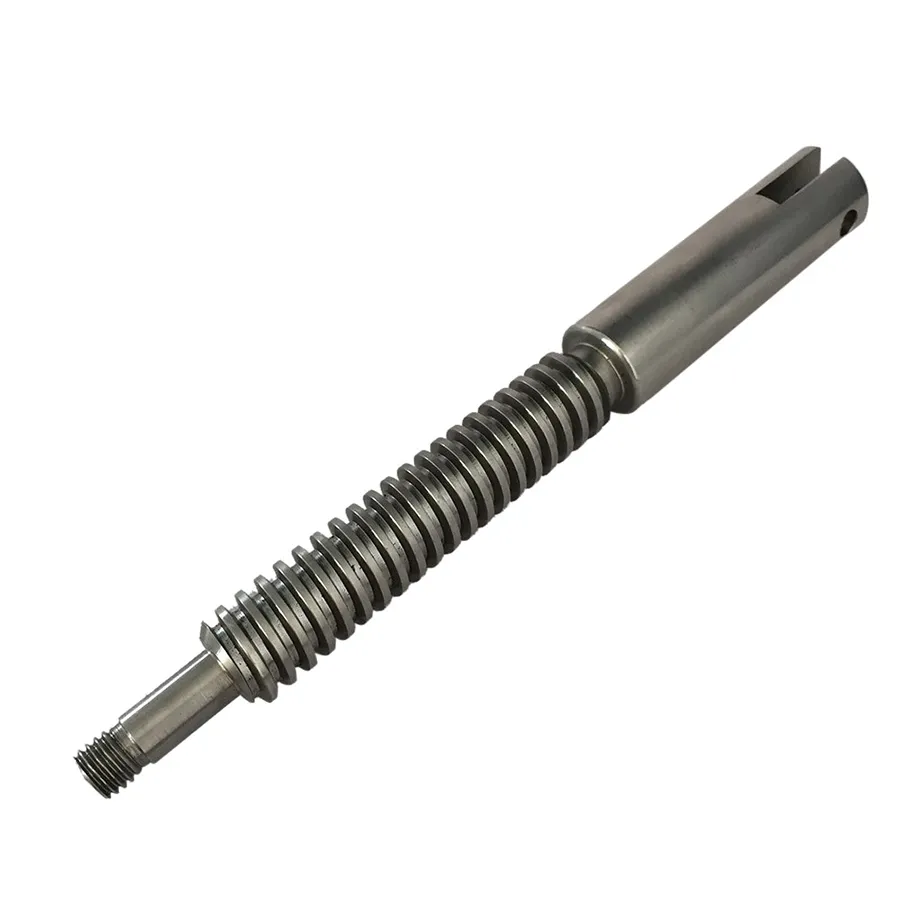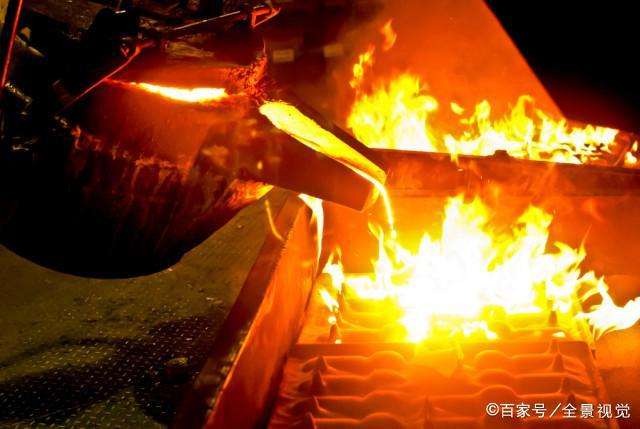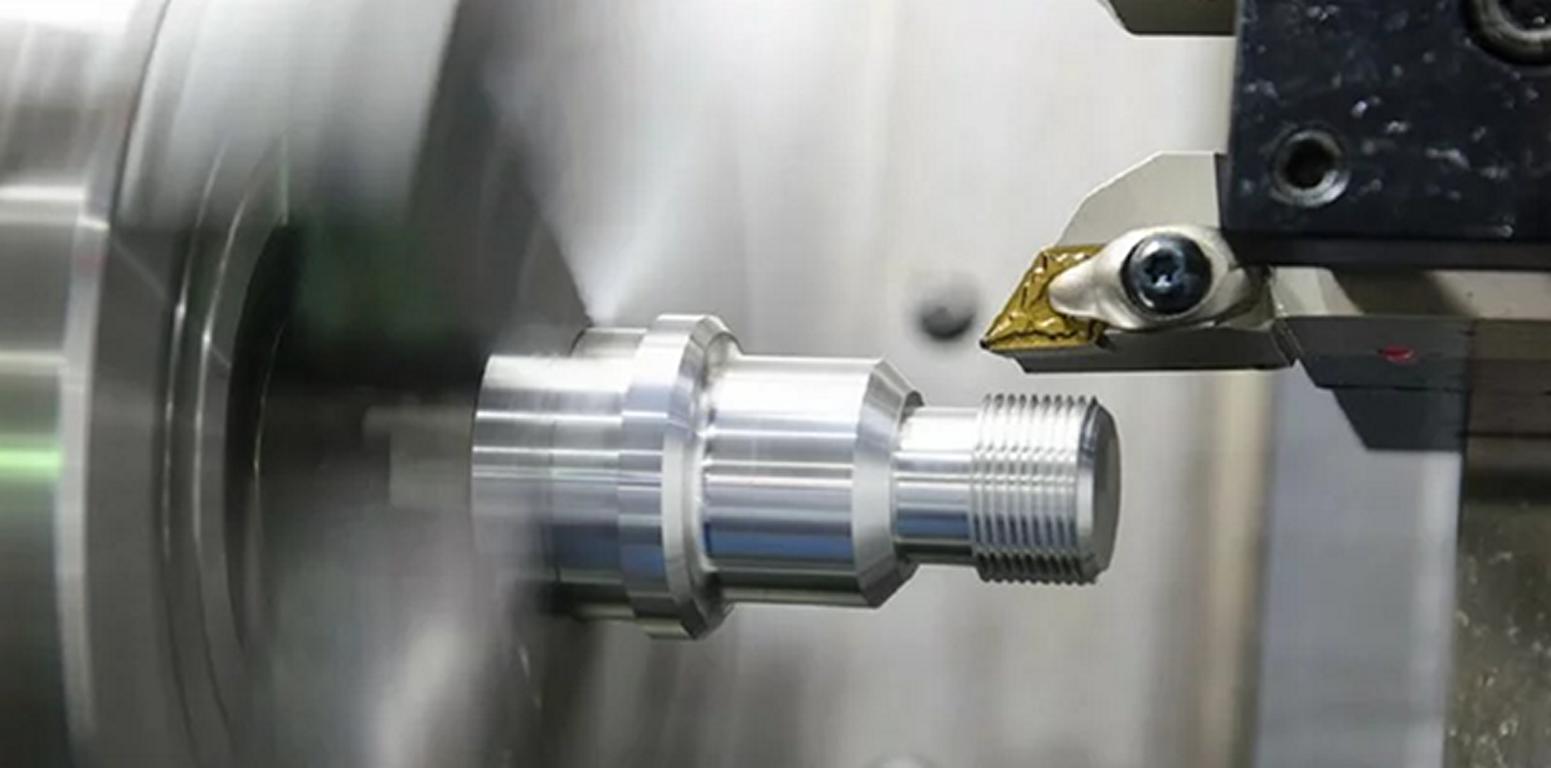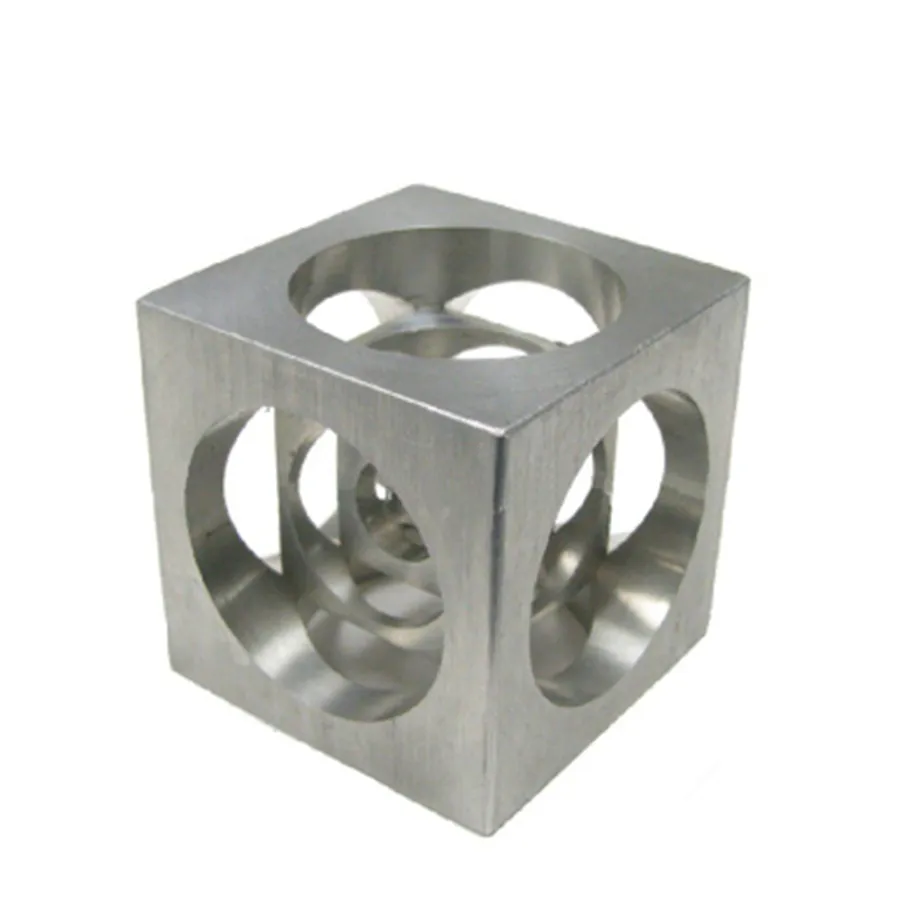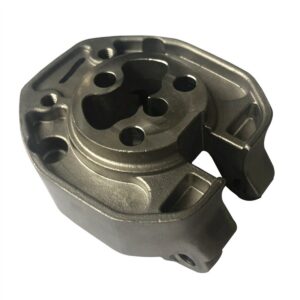
Tempering is a critical heat treatment process used to improve the mechanical properties of hardened metals (typically steels) by reducing brittleness, relieving internal stresses, and enhancing toughness. It follows quenching, which hardens the material but leaves it overly brittle and prone to cracking. Below is a detailed breakdown of the tempering process:
1. Key Objectives of Tempering
Reduce Brittleness: Quenched steels often form a hard but brittle microstructure called martensite. Tempering softens this structure, balancing hardness with ductility.
Relieve Internal Stresses: Rapid cooling during quenching creates residual stresses. Tempering alleviates these stresses to prevent distortion or failure.
Adjust Mechanical Properties: Tailor strength, hardness, and toughness for specific applications.
Improve Dimensional Stability: Minimize shape changes during use.
2. Tempering Temperature Ranges
The temperature and duration of tempering determine the final properties:
| Temperature Range | Effects |
| Low-Temperature (150–250°C) | Retains high hardness while slightly improving toughness (e.g., cutting tools, bearings). |
| Medium-Temperature (250–450°C) | Balances strength and toughness (e.g., springs, gears). |
| High-Temperature (450–650°C) | Maximizes ductility and impact resistance (e.g., structural components). |
3. Process Steps
Heating: The quenched material is reheated to a specific temperature (below the lower critical temperature, A1).
Holding: Maintained at the target temperature to allow microstructural changes (e.g., martensite decomposition into ferrite and carbides).
Cooling: Slowly cooled in air or oil (cooling rate has minimal impact compared to quenching).
4. Microstructural Changes
Martensite Decomposition: Brittle martensite transforms into tempered martensite, with fine carbide particles dispersed in a ferrite matrix.
Carbide Precipitation: Carbon atoms migrate to form carbides (e.g., cementite), enhancing toughness.
Retained Austenite Transformation: Any remaining austenite may convert to bainite or pearlite.
5. Types of Tempering
Single Tempering: Standard process for most applications.
Double Tempering: Repeated cycles to ensure uniformity, used for high-precision components.
Martempering (Interrupted Quenching): A variant combining quenching and tempering steps to minimize distortion.
6. Applications
Tool Steels: Cutting tools, dies, and drills (low-temperature tempering).
Springs and Gears: Medium-temperature tempering for fatigue resistance.
Structural Components: High-temperature tempering for bridges, shafts, and machinery.
7. Challenges & Considerations
Over-Tempering: Excessive time/temperature can oversoften the material.
Temper Embrittlement: Some steels become brittle if cooled slowly through specific temperature ranges (e.g., 375–575°C).
Surface Oxidation: Heating in air may cause scaling; controlled atmospheres (e.g., nitrogen) prevent this.
8. Related Phenomena
Tempering Colors: Oxide layer colors formed during heating indicate temperature (e.g., straw yellow ~230°C, blue ~300°C).
Secondary Hardening: High-alloy steels (e.g., high-speed steels) may regain hardness at elevated tempering temperatures due to carbide precipitation.
Tempering is indispensable for optimizing the performance of steel components, ensuring they meet the demands of strength, durability, and safety in engineering applications. The precise control of time and temperature is key to achieving desired properties.

